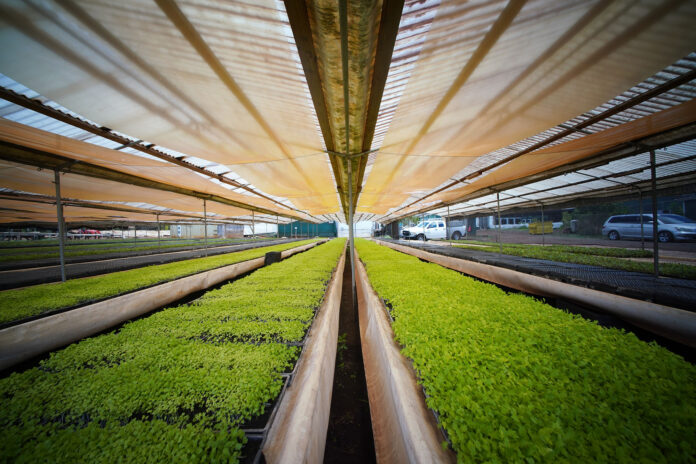The beautiful islands of Hawai‘i offer a unique lifestyle and rich cultural heritage, but they also face pressing challenges—specifically, a dire need for affordable housing and food security. As we navigate through these issues, it becomes increasingly clear that innovative solutions must be employed to secure a stable future for both residents and the environment.
The Case for Mainland-Manufactured Homes
Hawai‘i is in desperate need of low-cost housing solutions to accommodate its growing population. Unfortunately, the majority of homes are constructed locally, which skyrockets costs due to labor and material shortages. One feasible alternative is to implement statewide laws that allow builders to import mainland-manufactured homes.
These homes, which include mobile, modular, and entirely manufactured units, can significantly alleviate the housing crisis. Classically, homes built in Hawai‘i are double the cost of comparable units produced on the mainland. In fact, reputable companies on the mainland are currently producing over 1,000 new manufactured homes each week, which are affordable and adhere to strict standards.
To bring these homes to the islands, shipping companies are equipped to facilitate their delivery, often at a fraction of the cost of locally built homes. Allowing the use of third-party inspectors and accepting U.S. Department of Housing and Urban Development (HUD) standards for building codes would pave the way for a smoother transition to incorporating these cost-effective options.
Addressing Obstacles and Opposition
The path to integrating mainland-manufactured homes is not without challenges. One significant barrier is the stringent inspection requirements laid out by county planning and permitting departments. Presently, these departments do not accommodate inspections of homes constructed on the mainland, complicating the process further.
Additionally, strong opposition from local unions and builders has stymied progress. The fear of competition is paramount among those who have vested interests in maintaining the status quo. However, this outdated mindset neglects the urgency of the housing crisis. Enabling access to affordable manufactured homes does not undermine the existing workforce; rather, it offers a complementary solution to bolster the economy and address pressing societal needs.
A Need for Food Security
Parallel to the housing crisis is the issue of food security in Hawai‘i. Currently reliant on imported food, the islands do not produce enough to sustain their populace. In fact, Hawai‘i produces less than 20% of its own food and is at the mercy of shipping companies for essential supplies.
This dependence creates a precarious balance, as any disruption—be it from natural disasters or logistical failures—puts the population at risk. The stark reality is that grocery stores maintain little supply, with only about a 10-day reserve on hand. Additionally, the quality of the produce is compromised, often sitting in containers for several days before it reaches supermarket shelves.
Investing in Local Farms
To combat these issues, Hawai‘i must take proactive measures to revive local agriculture. State lawmakers should consider legislation that mandates government agencies prioritize purchasing locally grown food. By fostering a more robust agricultural economy, this initiative would not only reduce reliance on imports but would also create a more meaningful connection between residents and their food sources.
Implementing an artificial market for local farmers through government purchasing would offer a necessary boost to local agriculture. By ensuring a guaranteed market, more farmers could be motivated to return to the land, thereby increasing production and variety within the local food system.
Conclusion: Taking Action for a Sustainable Future
The challenges of affordable housing and food security in Hawai‘i collectively demand immediate attention. Expanding the acceptance of mainland-manufactured homes combined with a comprehensive strategy for local food production could drastically improve the quality of life for residents. These necessary changes do not merely provide financial relief; they sow the seeds for a thriving, sustainable future.
As residents and policymakers advocate for these changes, it is essential to engage in open dialogues, facilitate collaboration among stakeholders, and overcome opposition that has long stood in the way of progress. The vision for a more self-sufficient and economically stable Hawai‘i is possible; it is time for decisive action to transform that vision into reality. Failure to address these foundational issues risks leaving future generations vulnerable and deprived of the serene lifestyle that the islands promise.














